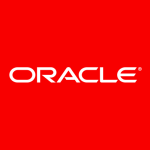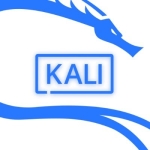What is most valuable?
Absolutely rock solid performance, security, stability and reliability, essential features for a business that needs to mission critical applications in a 24 x 7 environment.
Plethora of useful tools and services that just make getting the job done a lot less time consuming.
How has it helped my organization?
RedHat Enterprise Linux has been running mission critical systems in my organization now for nearly 8 years, in a 24 x 7 environment.
During this time we have never, ever had any of our servers fail to function as needed.
Red Hat Linux has given us five nines (99.999%) uptime for years.
For how long have I used the solution?
I have been using Linux in various forms for 10+ years
What was my experience with deployment of the solution?
Mainly just the usual issues one will encounter whilst learning the platform, working out the best way to deploy and configure the servers, other than that though, the actual deployments were very straight-forward.
What do I think about the stability of the solution?
None, our RHEL servers have been rock solid.
What do I think about the scalability of the solution?
No, we have RHEL servers of varying capacities and workloads, so far it's taken everything we can throw at it.
How are customer service and support?
Customer Service:
The technical support subscription is absolutely worth while if you need to use RHEL in production, knowing you can get support if you need it is comforting.
Technical Support:
I've lodged a few support tickets over the years and always had prompt, informative responses, I would rate their support as being excellent.
Which solution did I use previously and why did I switch?
We were using an earlier version of HP UX running on PA-RISC architecture, however we became concerned about the cost of remaining on the PA-RISC HP UX platform and possible future issues at virtualization.
How was the initial setup?
When setting up any Linux environment, make sure you understand how the LVM works. Other than that it was all fairly straight-forward.
What about the implementation team?
It was implemented in-house.
What was our ROI?
The uptime and reliability are the main ROI's, the product is also very competitively priced RE: Licensing, so many thousands of dollars in licensing costs alone.
The ROI on 10 years of rock solid reliability is almost impossible to calculate.
What's my experience with pricing, setup cost, and licensing?
In Australia, you need to go through a channel partner, shop around and find a good partner that understands the licensing model well.
Which other solutions did I evaluate?
We evaluated HP UX 11.23, which we had been using before hand. However HP (at the time) had not delivered an x86 port of HP UX at the time when we were going to virtualization, so we needed an alternative to HP UX as we could not move into onto VMWare.
RHEL ticked all the boxes and was support by our technology provider.
What other advice do I have?
Well worth a look if you want supported enterprise Linux.
Disclosure: My company does not have a business relationship with this vendor other than being a customer.















